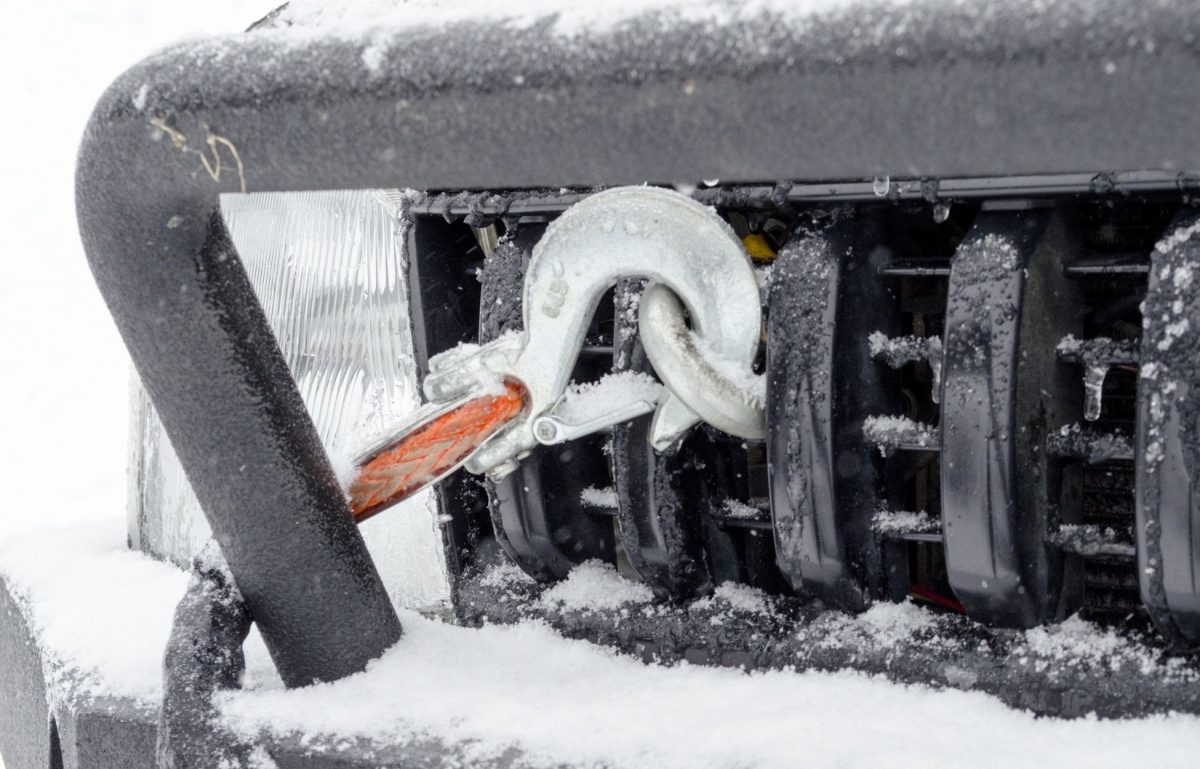Off-roading on snowy and icy trails provides an exciting challenge for ambitious off-roaders. When hitting the trails during the coldest season of the year, proper preparation is essential to ensuring your safety. Even the most experienced off-roaders aren’t immune to breakdowns or accidents that could cause them to get stranded in the unforgiving snow. To ensure that you’re ready for any scenario, learn what you need to bring on a winter off-roading trip.
Recovery Gear
When off-roading in soft terrain like snow, the potential for getting stuck increases greatly. If you do end up in a sticky situation, having recovery gear can mean the difference between spending a few minutes and several hours or even days out in the cold. Examples of essential recovery gear include:
- Recovery straps
- Recovery points
- Traction pads
- A winch
- A shovel
- A high lift jack
Warm Clothing and Blankets
If you plan on off-roading in a cold climate, you should always prepare for the worst-case scenario. If you get stuck or your car breaks down, you will need to find a way to stay warm while you resolve the issue or call for help.
Keep in mind that in sub-zero temperatures, it only takes around 30 minutes for exposed skin to suffer frostbite. In windy conditions, frostbite can occur in as little as 15 minutes. It’s important to bring an ample amount of warm clothing, like gloves, hats, scarfs, extra jackets, socks, and blankets in case of an emergency.
Food and Water
Speaking of planning for worst-case scenarios, you should bring food and water on a winter off-roading trip. The trails will likely not have many people on them. While this means that you won’t have to worry about large crowds, it also means there won’t be as many vehicles passing by in case you need help. If you get stranded, it could take a while for someone to drive by and find you. You should always pack enough food and water to last you for at least a couple of days.













